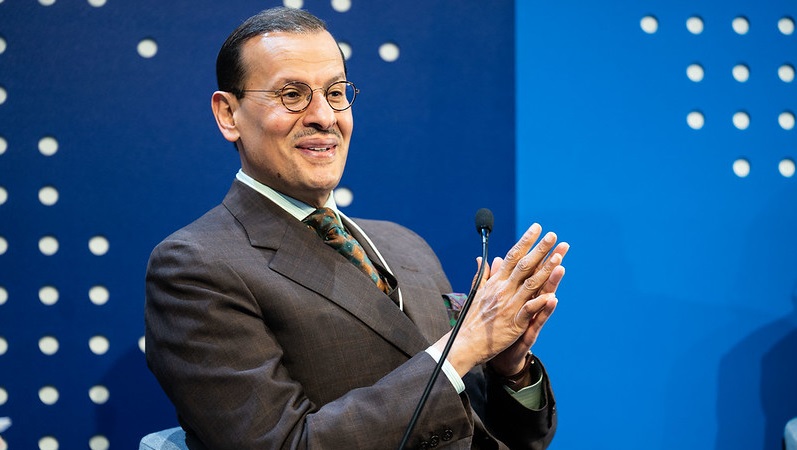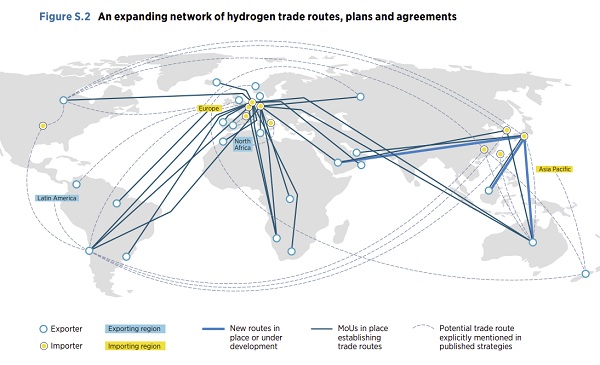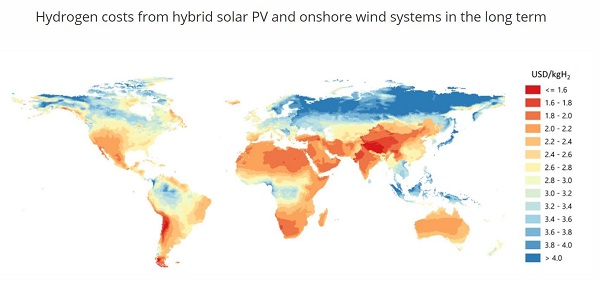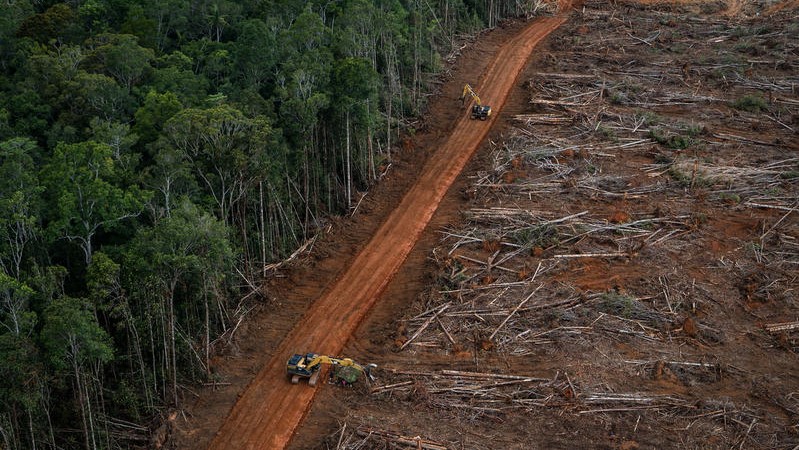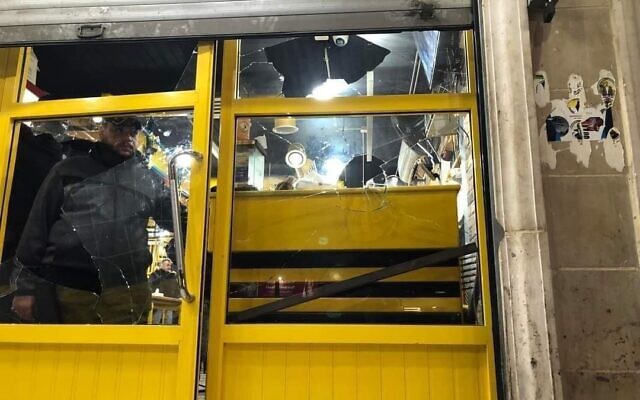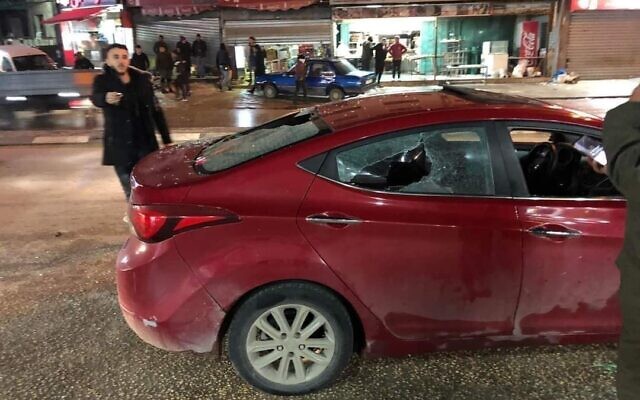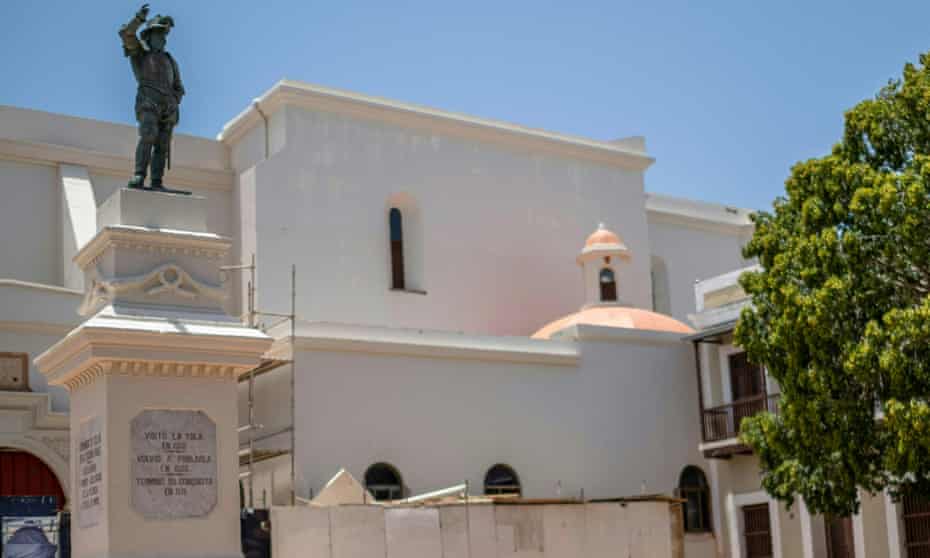Indigenous non-profit looks to acquire ownership of Trans Mountain Pipeline
CALGARY — A new Indigenous non-profit organization is seeking an ownership stake in the Trans Mountain Pipeline, saying its aim is to make sure communities along the pipeline's route receive its benefits directly.

© Provided by The Canadian Press
Nesika Services publicly launched Monday, calling itself a grassroots, community-led not-for-profit.
Chief Tony Alexis of the Alexis Nakota Sioux Nation in Alberta (and the chair and founding director of Nesika) said 14 Indigenous communities along the pipeline's route in Alberta and B.C. have already signed on.
He said Nesika is in the process of reaching out to all 129 communities that have been identified by the federal government as being impacted by Trans Mountain to ensure they have a chance to join in.
"Ultimately what we’re trying to do right now is to organize the communities," Alexis said in an interview. "Once Canada has decided they’re willing to sell this pipeline, then at that time we’ll be negotiating to purchase.”
The Trans Mountain pipeline carries 300,000 barrels of oil per day, and is Canada's only pipeline system transporting oil from Alberta to the West Coast.
It was bought by the federal government for $4.5 billion in 2018, after previous owner Kinder Morgan Canada Inc. threatened to scrap the pipeline's planned expansion project in the face of environmentalist opposition.
Under the ownership of Trans Mountain Corp., a federal Crown corporation, the Trans Mountain expansion project is currently underway, and Prime Minister Justin Trudeau has indicated that he is open to ownership of the pipeline by Indigenous groups.
Several Indigenous-led initiatives have already come forward. Project Reconciliation is seeking a 100 per cent ownership stake in the pipeline with no equity requirement or liability risk to Indigenous partners. Its goal is to distribute cash flow from the pipeline between the participating Indigenous community owners, and an Indigenous Sovereign Wealth Fund that will invest in energy transition projects.
Chinook Pathways — which is also seeking an equity stake — is an Indigenous-led partnership formed by Western Indigenous Pipeline Group and its industry partner, Pembina Pipeline Corp.
What sets Nesika Services apart from these other proposals, Alexis said, is that it is a true not-for-profit not backed by industry or affiliated with financial institutions or any other operating parties.
"These groups, these other groups, they are profit-oriented, which is a major conflict for Indigenous communities," Alexis said.
"For me, as a community leader, when I look at Nesika, it provides the best opportunity for us to build our wealth and grow our communities. Resources are needed within the communities and Nesika provides that kind of opportunity for us.”
Alexis said Nesika is exploring both equity and revenue sharing opportunities in Trans Mountain with no up-front capital requirements from participating groups.
He declined to see how a potential purchase would be financed, saying that will be determined once the government of Canada makes the potential terms of a sale clear.
Ottawa has not yet accepted any bids for the pipeline, though Alexis said he expects negotiations with interested parties to begin "within a month or two."
Deborah Archibald, director of the centre for regulatory and governance policy at the University of Calgary’s School of Public Policy, said that there are now multiple Indigenous-led groups seeking a stake in the pipeline speaks volumes about both the viability of the project as well as the capacity of Indigenous-led businesses.
"It's a tremendous signal in terms of where Indigenous businesses are at in Canada today, in feeling that they can seriously compete in such a process," she said.
“I think it bodes well for the federal government as well . . . Like any party selling a project, I think the federal government would be very pleased to see there is more than one interested party – and in this case, more than one Indigenous-owned interested party.”
There are still Indigenous groups along the pipeline expansion route who oppose the project, regardless of ownership, and Archibald said an Indigenous equity stake won't magically eliminate the concerns of environmental groups.
But she said it will go a long way toward improving some of the social license issues that have plagued the project in the past, while at the same time marking a significant milestone in Canadian oil and gas and pipeline operations as well as Canada's relationship with its Indigenous people.
"This will be a project in which Indigenous people are the decision-makers. They’re not being consulted by the decision-makers, they are the decision-makers," Archibald said. "And that I think is a quantum leap forward for Indigenous people in terms of their participation in resource development."
Nesika's other founding directors include Chief Alice McKay of Matsqui First Nation, Coun. David Walkem of Cook’s Ferry Indian Band, and Mark Peters from Peters First Nation.
This report by The Canadian Press was first published Jan. 24, 2022.
Amanda Stephenson, The Canadian Press
Four Treaty 6 First Nations form alliance to build economic sovereignty
Ashley Joannou
Four Treaty 6 First Nations in Alberta have joined together to form an investment group to pursue ownership in major infrastructure projects.
© Provided by Edmonton Journal Treaty 6 Grand Chief and Alexander First Nation Chief George Arcand Jr., right, and Chief Tony Alexis of the Alexis Nakota Sioux Nation are shown together in 2019. The two are part of a coalition that recently formed the First Nation Capital Investment Partnership.
Alexander First Nation, Alexis Nakota Sioux Nation, Enoch Cree Nation, and Paul First Nation have formed the First Nation Capital Investment Partnership (FNCIP) to invest and acquire assets collectively with commercial partners who share Indigenous values, they announced last week.
Treaty 6 Grand Chief and Alexander First Nation Chief George Arcand Jr. told Postmedia Saturday that there has been an increasing number of opportunities brought to individual First Nations that would be hard for them to manage alone.
“We started sharing some of the individual opportunities that came and some of them were fairly big and were tough for a single First Nation to undertake in terms of size of a project and size of a partnership,” he said.
“So the idea was, why couldn’t we consider creating a business based on some fair principles around what kind of business we get into?”
Arcand said the partnership is looking for environmentally “greener” opportunities that are over $50 million, which could include potential options like carbon sequestration projects.
“If we’re going to get involved in oil and gas, we think, ‘Why can’t we get involved in trying to help on making things better?’ ” he said.
In a statement, Chief Tony Alexis of the Alexis Nakota Sioux Nation called the partnership the way of the future for First Nation communities.
“We are reclaiming community care and collective sovereignty, which will bring our communities back to the shared wealth we once had thousands of years ago,” he said.
“Entrepreneurship and collaboration is part of who we are. With qualified professionals on our team, our industry partners, and our intergenerational knowledge, we are stronger together.”
In the same statement, Chief Arthur Rain of the Paul First Nation said ownership of infrastructure projects will generate significant economic and social benefits and Chief Billy Morin of the Enoch Cree Nation said the move supports the long-term vision of becoming a self-sufficient First Nation.
Arcand said the group has already signed some letters of intent for projects but said he can’t provide details until they are public within the next week or so.
The group has chosen Calgary-based Axxcelus Capital Advisory Partners as its exclusive financial advisor.







